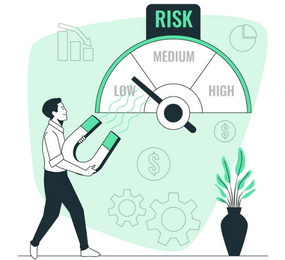Cybersecurity Risks in Digital Supply Chains and How to Mitigate Them
Digital supply chains have become increasingly complex and interconnected, creating new opportunities for cyberattacks. These attacks can disrupt operations, compromise sensitive data, and cause significant financial and reputational damage. Understanding the risks and implementing effective mitigation strategies is crucial for businesses of all sizes.
One of the primary risks is third-party vulnerabilities. Supply chains involve numerous suppliers, vendors, and partners, each with varying levels of cybersecurity. Attackers often target the weakest link in the chain to gain access to more valuable targets. For example, the SolarWinds attack in 2020 demonstrated how a single compromised software provider could impact thousands of organizations.
Another significant risk is malware and ransomware attacks. Cybercriminals may inject malicious software into the supply chain through infected devices, software updates, or phishing campaigns. These attacks can encrypt critical data, disrupt operations, and demand hefty ransom payments.
Data breaches are also a major concern. As supply chains involve the exchange of vast amounts of sensitive information, including customer data, intellectual property, and financial records, they become attractive targets for cybercriminals. A successful breach can lead to significant financial losses, legal liabilities, and reputational damage.
To mitigate these risks, organizations should adopt a multi-layered approach. This includes implementing robust cybersecurity measures across the entire supply chain, such as strong authentication, encryption, and access controls. Regularly assessing and monitoring the security posture of suppliers and partners is also essential.
Furthermore, organizations should develop incident response plans to effectively manage and recover from cyberattacks. This includes having clear communication channels, data backup and recovery procedures, and strategies for minimizing disruption to operations. Employee training is also critical to raise awareness of cybersecurity risks and prevent social engineering attacks.
In conclusion, cybersecurity risks in digital supply chains are a growing concern. By understanding these risks and implementing effective mitigation strategies, organizations can protect themselves from cyberattacks and ensure the resilience of their supply chains.
Visit our website to know more: https://www.leadventgrp.com/events/2nd-annual-supply-chain-risk-and-resilience-forum/details
For more information and group participation, contact us: [email protected]
Leadvent Group - Industry Leading Events for Business Leaders!
















